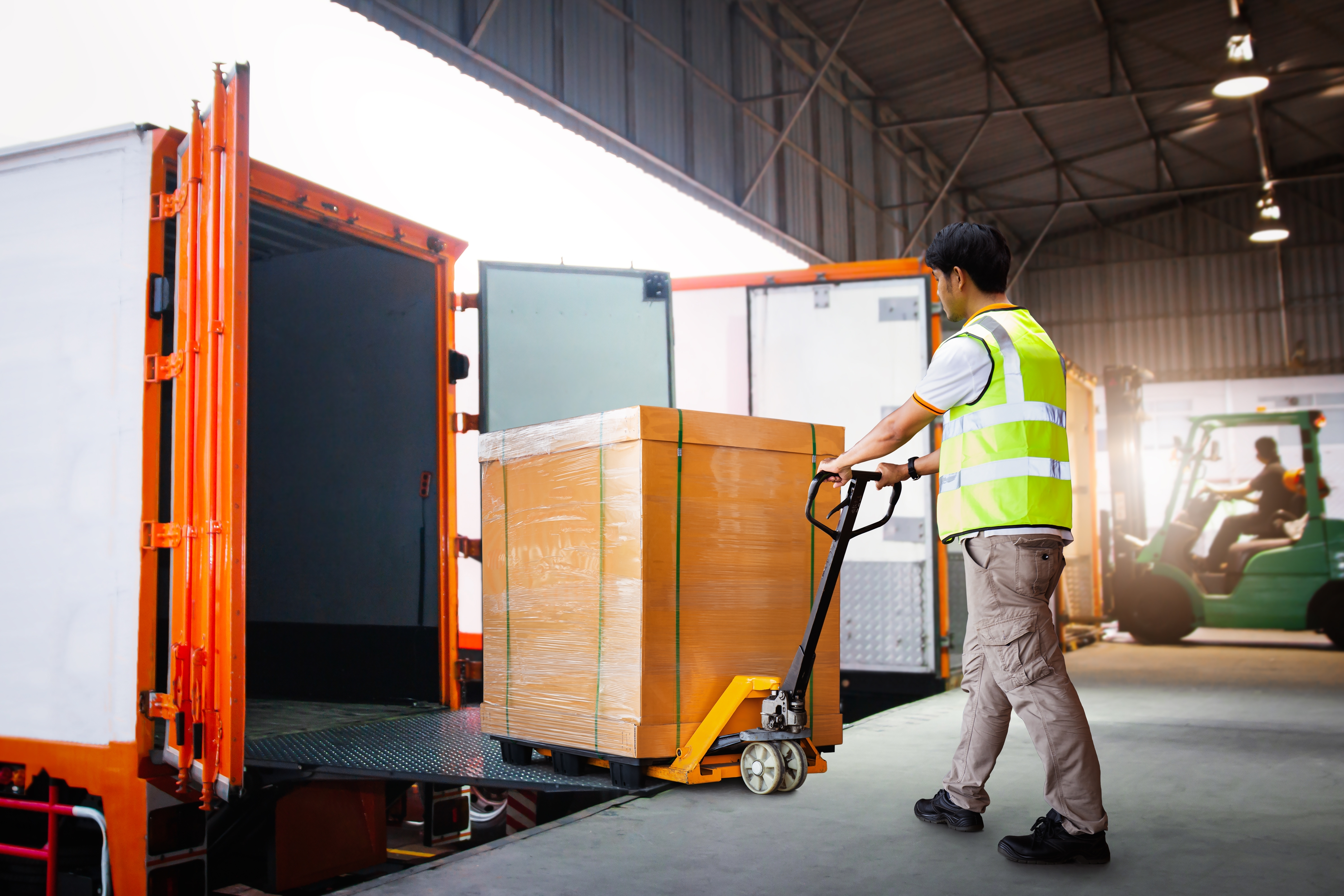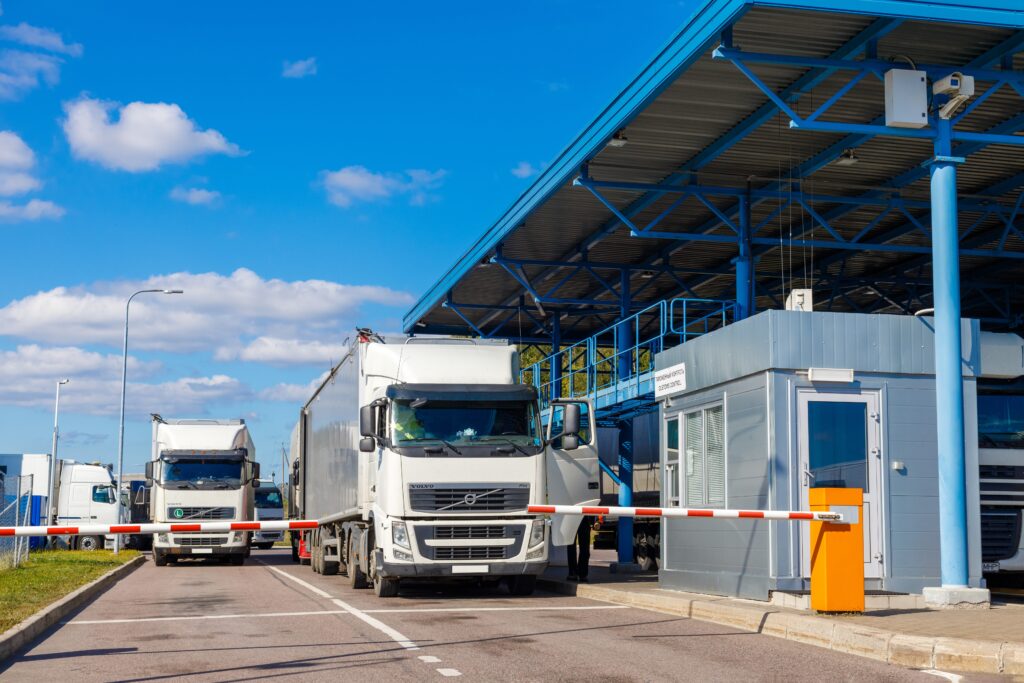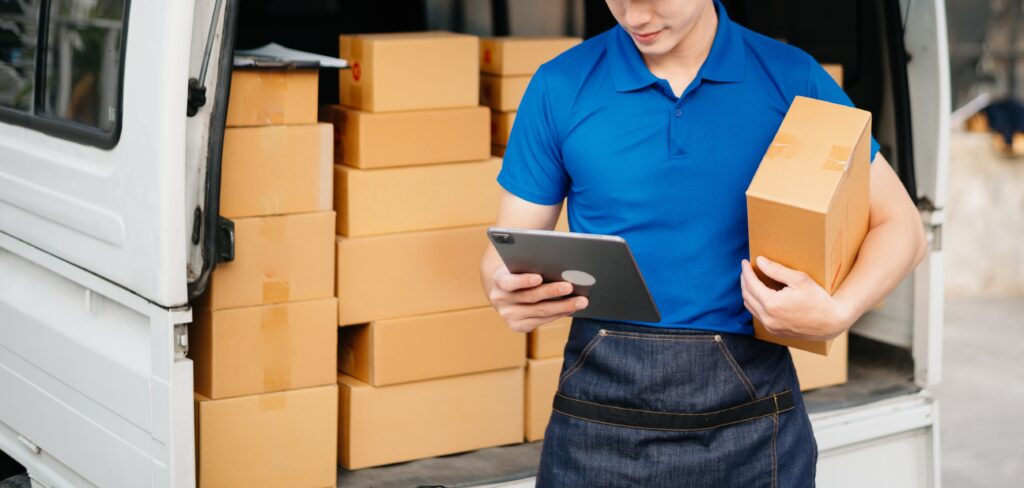Behind the Scenes: The Journey of an E-commerce Order from Click to Doorstep
In today’s digital age, E-commerce has revolutionized the way we shop. The convenience of browsing products online, comparing prices, and making purchases with a simple click has made E-commerce an integral part of our lives. But have you ever wondered what happens behind the scenes after you click “buy”? This journey from the initial click to the moment a package arrives at your doorstep involves a complex and well-orchestrated process. Let’s take a detailed look at each step in the E-commerce order fulfillment journey.
Step 1: The Click

The journey begins with the online shopping experience, where various factors influence a customer’s decision to make a purchase.
- A user-friendly interface is crucial, ensuring that customers can effortlessly navigate through products and categories. This ease of use reduces friction, allowing potential buyers to quickly find what they need. Additionally, detailed product information is vital.
- High-quality images, comprehensive descriptions, and clear specifications help customers understand what they are purchasing, increasing their confidence in the product.
- Customer reviews are another essential component of the online shopping experience. They provide valuable insights into the product’s quality and performance from other buyers’ perspectives, often swaying potential customers toward making a purchase.
The combination of these elements—intuitive navigation, detailed product information, and authentic customer feedback—creates a seamless and engaging shopping environment. This cohesive experience ultimately encourages customers to click “buy,” setting the entire E-commerce order journey in motion.
Step 2: Order Processing

Once the customer clicks “buy,” the order processing phase begins. E-commerce platforms immediately handle order confirmation and payment processing. This involves validating the payment method, checking for fraud, and confirming the order details. An order confirmation email is typically sent to the customer, providing reassurance that their purchase is being processed. This step is crucial for maintaining customer trust and ensuring that the order moves smoothly to the next stage.
Inventory Management
Effective inventory management is vital to ensure product availability and timely fulfillment. Advanced inventory systems track stock levels in real-time, automatically updating quantities as orders are placed. This automation reduces the risk of stockouts and overselling, maintaining a balance that keeps customers satisfied. Once an order is confirmed, the streamlined pick and pack process begins.
Pick & Pack
Warehouse staff efficiently locate items from their storage locations, utilizing optimized pathways and precise inventory mapping. After picking the items, they are carefully packed to ensure they arrive in perfect condition. This process emphasizes accuracy and efficiency, minimizing errors and enhancing customer satisfaction. By leveraging sophisticated inventory and packing systems, businesses can ensure that every order is processed quickly and accurately, leading to improved customer loyalty and operational efficiency.
Step 3: Shipping Strategies

Shipping strategies vary based on the size, weight, and destination of the order, ensuring flexibility and cost-efficiency.
Small Parcel
Small parcel shipments are ideal for individual items or smaller packages, providing a cost-effective and flexible delivery option. This method is perfect for lightweight and non-bulky items, offering quick delivery times that meet consumer expectations.
Pallet & Full Truck
For larger orders, pallet shipping consolidates multiple items onto a single pallet, optimizing space and reducing handling costs. Full truck shipments are used for bulk orders, maximize available space, and reduce transportation costs per unit. This strategy is effective for high-volume deliveries, ensuring products are transported efficiently and safely.
By selecting the appropriate shipping method based on the specific needs of each order, businesses can enhance their logistics operations and deliver a superior customer experience.
Step 4: Customs Clearance for Cross-Border Shipping

Cross-border E-commerce presents unique challenges, particularly in customs clearance. Navigating the complexities of international shipping regulations, tariffs, and documentation requires expertise and precision. Ensuring smooth customs processes is critical to avoid delays and additional costs. Partnering with experienced logistics providers, like our team at SFI, can help manage these challenges and ensure that international orders reach customers without unnecessary hurdles.
Step 5: Last-Mile Delivery

The final phase of the E-commerce order journey, last-mile delivery, is often the most challenging. This critical stage involves transporting the package from a local distribution center to the customer’s doorstep. Factors such as traffic congestion, delivery density, and address accuracy can significantly impact delivery times and overall efficiency. These challenges necessitate innovative solutions to ensure that packages reach customers promptly and in perfect condition.
Innovations in last-mile delivery are transforming this crucial phase.
- Route optimization algorithms help drivers navigate the most efficient paths, reducing delays caused by traffic and road conditions.
- Real-time package tracking offers customers visibility into their delivery status, enhancing transparency and trust.
- Advancements such as drone deliveries and autonomous vehicles are on the horizon, promising even faster and more reliable service.
Ensuring timely and accurate delivery through these innovations not only boosts customer satisfaction but also fosters loyalty, making it a key focus for E-commerce businesses striving to stay competitive.
Customer Communication and Support
Transparent communication throughout the order fulfillment process is essential for a positive customer experience. Providing regular updates on order status, shipment tracking, and delivery times keeps customers informed and reassured. Effective customer support strategies, including accessible help desks and responsive service teams, are vital for addressing inquiries and resolving potential issues promptly.
Sustainability in E-commerce Fulfillment
Sustainability is becoming increasingly important in E-commerce fulfillment, with companies adopting various eco-friendly practices to reduce their environmental impact. For third-party logistics providers, these practices can vary, but several key strategies are commonly employed.
- Optimized routing and transportation: This is where advanced route planning software is used to minimize fuel consumption and emissions by ensuring efficient delivery routes.
- Packaging optimization: This involves the use of sustainable packaging solutions such as recyclable cardboard, biodegradable packing peanuts, and compostable mailers to reduce waste generation.
- Energy-efficient systems: In warehouses, energy-efficient lighting, heating, and cooling systems, along with automated systems, help optimize space utilization and minimize energy consumption.
- Embracing green technology: This can include systems such as IoT sensors and data analytics, allowing for monitoring energy usage, identifying inefficiencies, and implementing improvements.
By prioritizing these sustainability practices, E-commerce businesses can meet the growing demand for environmentally responsible operations while contributing to the overall health of the planet. If environmentally sustainable practices are important to you when choosing a 3PL provider, ensure you ask them about their approach during the consultation process.
Statistics in E-commerce Fulfillment Sustainability
Findings from a report by Supply Chain Canada (SCL) and Industry Canada highlight the significant impact of adopting sustainability practices in the logistics industry. For instance:
- Optimizing transportation routes can lead to a reduction of up to 20% in fuel consumption and greenhouse gas emissions.
- Implementing energy-efficient technologies in warehouses, such as LED lighting and advanced climate control systems, can decrease energy usage by up to 30%.
- The adoption of green packaging materials has been shown to reduce waste by approximately 25%.
These statistics underscore the crucial role that sustainable practices play in reducing the environmental footprint of E-commerce fulfillment operations, ultimately contributing to a more sustainable and responsible supply chain.
Ready to Simplify Your Logistics?
Delivering Satisfaction and Building Loyalty
The journey of an E-commerce order from click to doorstep involves a series of meticulously planned and executed steps. Each phase, from the initial online shopping experience to the final delivery, plays a critical role in ensuring customer satisfaction. By understanding and optimizing this process, E-commerce businesses can provide a seamless and enjoyable shopping experience, fostering customer loyalty and growth in the competitive digital marketplace.If you’re looking to enhance your E-commerce fulfillment strategy and ensure your customers receive the best possible experience, contact us at SFI today to learn how we can help streamline your logistics operations.



